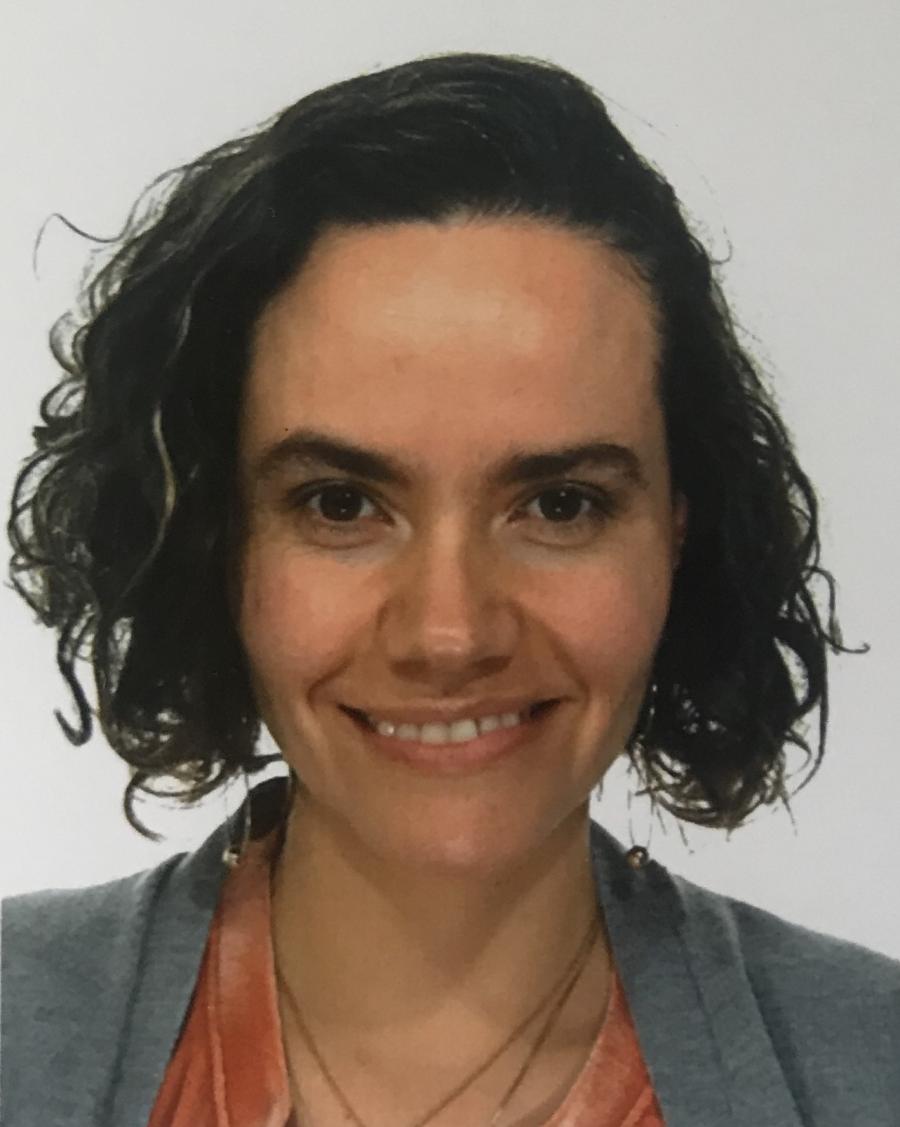One of our amazing alumni, Catalina Ospina, just received the Thoma Foundation fellowship! Catalina was kind enough to answer some questions for us - read more about her work below.
What kind of work have you done since finishing MAPH?
I have been working on my PhD in art history at Uchicago.
What is your favorite part of the work you do?
I really enjoy making new discoveries, such as finding new objects, revealing details on images, or historical documents that show that let you understand better the historical context of artistic production. I also deeply enjoy those moments in research when disjointed information you have been acquiring all of the sudden makes sense together, making you see things in completely new way. Does that makes sense?
Tell us more about mopa-mopa - why are you interested in this image-making technique and what have you learned about it over the course of your research?
I’m writing a whole dissertation to answer that question! It is hard to summarize it. I can say briefly why I find the material facinating. Mopa mopa is a plant resin naturally in the forest of the Amazon-Andes Piedmont. Unlike most plant resins, it is not used in liquid form. Rather, when heated it is stretched out into a translucent, flexible, and adherent film, not unlike an organ tissue membrane. Its appearance has also been aptly compared to onion skin and wet paper. Mopa mopa is impermeable to water and retains its flexibility for centuries. Pigmented, the stretched resin becomes a color field, as if liquid paint had found a self-sustained form in two-dimensions. It is a highly unusual artistic material, used by native Andeans since Pre-Hispanic time and adapted by them to cater to European market with advent of colonization. During the course of my research I have learned a lot because when I started very little was know about the colonial production of objects decorated with mopa mopa. In very broad strokes, I have learned that the colonial production was much larger than what we originally thought. I have also learned a lot about the comercial networks in which mopa objects where involved. That is the connections of Andean highlands with the Amazon, the Pacific, and across the cordillera.
What did you do during your time in MAPH that prepared you for the work you're doing now?
The core class in MAPH, I think was really important. It really help me build critical thinking skills and trained me to formulate the bigger questions that drive my research, like what kind methods do we have to explore and understand cultural encounters? Not only that but also, what are the implications of those methods?
Do you have any advice for current MAPH students about how they can take full advantage of their MAPH year?
Be very open to explore outside of your main field of interest. I thinks that is one of the best things MAPH offers. And take advantage of the community that MAPH creates and sustains.

